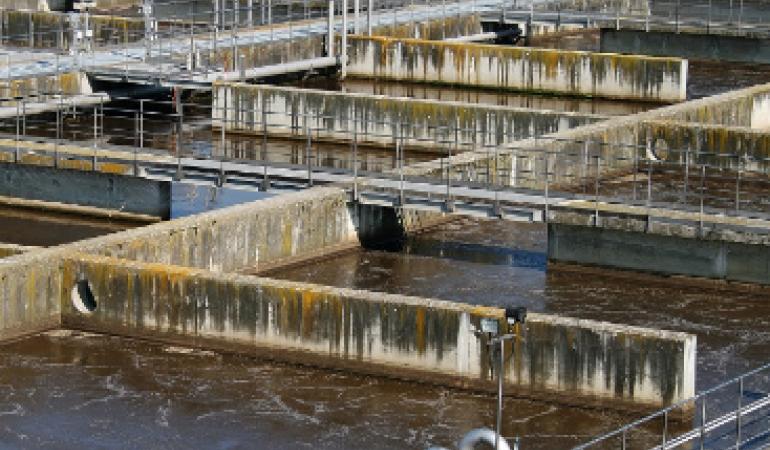
Our wastewater contains bacteria that are resistant to antibiotics. Residues of antibiotics are also found in wastewater. Current wastewater technology reduces the concentrations of resistant bacteria. Innovative techniques are available which can lead to a further decline. This is shown by a study on antimicrobial resistance in the environment by RIVM in collaboration with other institutes.
In the Netherlands more than 90 percent of waste water is treated. For this study, samples were collected from wastewater treatment plants before and after wastewater treatment. Resistant bacteria and antibiotic residues were found before and after treatment, but the concentrations are approximately 100 times lower after treatment. Wastewater originates from households, hospitals, care homes and companies. After treatment, it is discharged into surface water, such as rivers and lakes.
Resistant bacteria
ESBL-producing E. coli were found in all sewage samples. In 90 percent of the tested waste water treatment plants CRE (carbapenem-resistant Enterobacteriaceae) were found, and the concentrations were approximately 250 times lower than the concentrations of ESBL-producing E. coli. VRE (vancomcycine-resistant enterococci) were present in about 60 percent of the plants. All these bacteria belong to the so-called BRMOs (highly resistant microorganisms). These are microorganisms that are resistant to first-line antibiotics or to multiple groups of antibiotics. Furthermore, residues of several types of antibiotics were detected in the sewage samples.
Through surface water, people can come into contact with resistant bacteria. This does not imply that people are at immediate risk of becoming infected with resistant bacteria, for these bacteria do not only occur in the environment, but also in health care institutions, such as nursing homes and hospitals, and in farm animals and household pets.
Manure
Besides waste water, manure was also tested for resistant bacteria. In a first trial, more than half of the manure samples of veal calves and pigs were found to contain ESBL-producing E.coli. A larger number of manure samples will be investigated in follow-up studies in order to draw firm conclusions.
Intervention measures
The study also identified which measures can counteract the spread of antibiotic resistance to the environment, such as additional waste water treatment techniques. Current wastewater technology reduces the concentrations of antibiotic resistant bacteria by about a factor of 100. There are innovative wastewater and manure technologies that can lead to a further reduction of antibiotic resistance.
Collaboration
RIVM has collaborated with experts from Wageningen UR Livestock Research, RIKILT (both part of Wageningen University & Research) and engineering company Sanitas-Water.